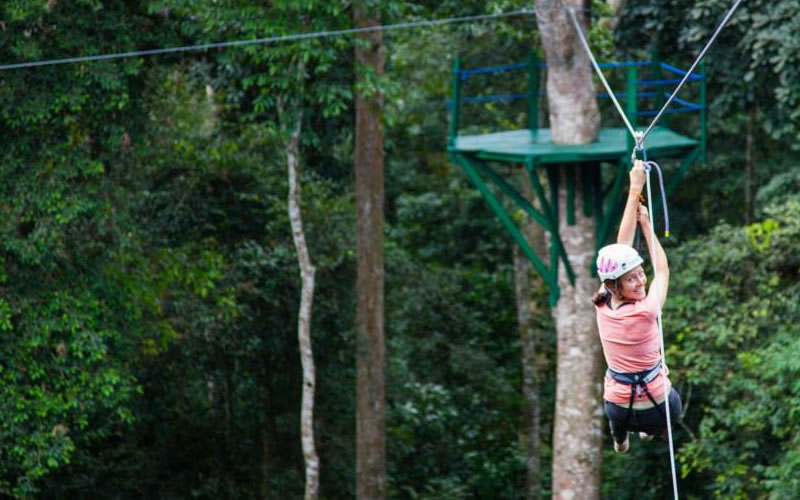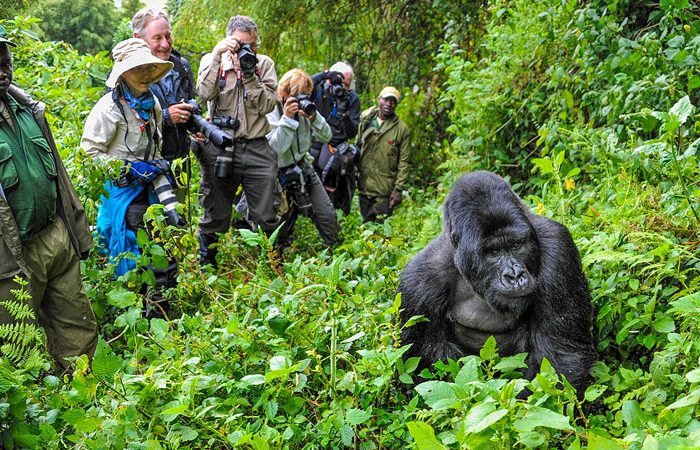2022 List of Forests in Uganda
2022 List of Forests in Uganda: Uganda is one of the few nations in the world with a high capacity for efficient conservation, sensible, sustainable natural forest management, and affordable timber plantations, according to the 2022 List of Forests in Uganda. With the help of her vegetative cover, it has a strong chance of seeing long-term economic prosperity. Even though Uganda only makes up 0.02% of the world’s total dry land area, it is home to more than 11% of all bird species and 7% of all animal species. There are two main types of woods in Uganda: plantations and wild forests. The majority of forest products come from natural forests, but plantations are becoming more and more common.

The Budongo Forest in Uganda is situated on the escarpment northeast of Lake Albert, northwest of Kampala City, on the route to Murchison Falls National Park. It is well known for its chimpanzees and, until recently, for the hardwood mvule trees that made up the majority of the forest canopy. These trees are over 15 meters in circumference and between 80 and 100 meters tall.
It is clear that the forest’s ongoing protection has had an impact. The rate of deforestation has decreased, and chimpanzee conservation has increased. We do not, however, undervalue the importance of wildlife protection. In the Budongo Forest Reserve, an albino chimpanzee was seen for the first time in the Sonso community. A few weeks prior to observation, the infant chimpanzee was born with pink eyes and white hair. Animals with albinism are incredibly uncommon. The tropical rainforest is home to a wide range of life forms, including plants, fungus, birds, mammals, primates, and many more.
Mabira Forest
One of Uganda‘s greatest destinations!Mabira Central Forest Reserve is situated in Mukono District along the main Kampala–Jinja Highway. It is 26 kilometers from Jinja Town and 54 kilometers from Kampala’s city center. A tiny dirt road off the Najjembe commercial center leads to the Eco-Tourist Site, which is roughly 0.5 kilometers from the roadhead. As a result, all vehicles can reach the Forest at any time of year.
Coverage: With a total area of 306 square kilometers, Mabira Central Forest Reserve is one of Uganda‘s largest remaining natural forests.
Attractions: Mabira is home to 315 bird species, 218 butterfly species, 97 moth species, 23 small mammal species, and 312 tree species in its natural habitat. 2022 List of Ugandan Forests
Activities include Primate observation, butterfly identification, mountain biking, bird watching, environmental education and research, camping and picnics, and forest walks with more than 68 km of well-maintained trails.
NFA is tasked with overseeing 506 Central Forest Reserves (CFRs), which account for 1,262,090 hectares of land cover. The agency’s goals include enhancing CFR management, growing cooperation agreements, providing forest and non-forest goods and services, and maintaining organizational stability. About 1.9 million hectares (ha), or 10% of Uganda’s total land cover, are covered by forests. There are both natural and planted forests. Tropical high forests (THF) and other naturally wooded areas that fit the concept of “forest” are both considered “natural forests.” One of the activities that the Authority considers to be crucial to generating income and strengthening ties with the corporate sector, non-governmental organizations, and local communities is forest-based tourism. Additionally, ecotourism is anticipated to enhance the Authority’s reputation both domestically and abroad.

Bwindi Impenetrable Forest
The Bwindi Impenetrable Forest is a sizable primeval forest in the Kanungu District of southwest Uganda. On the edge of the Albertine Rift is the Bwindi forest.
One of Uganda’s oldest and most biologically diverse rainforests protects the mist-covered highlands.
There are over 400 different plant species in it. More significantly, this “impenetrable forest” also safeguards a consistent 320 mountain gorilla population, which is roughly half of the global population. Among them, there are several habituated groups that tourists can follow. More over half of the world’s mountain gorilla population calls Bwindi home. In actuality, more than 300 mountain gorillas call this place home.
Along with 346 bird species, over 200 butterfly species, and roughly 324 tree species—ten of which are unique to this region of Uganda—there are also the endangered, magnificent mountain gorillas. This is definitely a place worth exploring.
The Forest Reserve of MPanga
One of Uganda’s forest reserves is the Mpanga Central Forest Reserve. It is a 453-hectare (1,120-acre) small area of natural equatorial rainforest.[1] It is located 37 kilometers southwest of Kampala City in the Mpigi District of Mpambire. Global Afric Safaris has been running the Mpanga Forest Resort on-site since 2018.
The Bugoma Forest
In the Hoima area of western Uganda, the Bugoma Forest is a protected tropical forest located east of Lake Albert, southwest of Hoima, and northeast of Kyenjojo towns. In the 1930s, it was gazetted, and in 2003, the National Forestry Authority (NFA) took over its management. Between 41,142 hectares (411.42 km2)[1] to 65,000 hectares (650 km2) is the range of its surface area.
The Kibale Forest
Because to its forest cover and proximity to Queen Elizabeth National Park, Kibaale Forest in Western Uganda is also worthy of recognition.
Numerous species can be found in this dense evergreen forest, which forms a wildlife corridor with the park. Known for its population of habituated chimpanzees and twelve other primates, it is a significant ecotourism and safari destination.
These are the most notable and well-known woods and forest reserves in Uganda, while there are many more.



